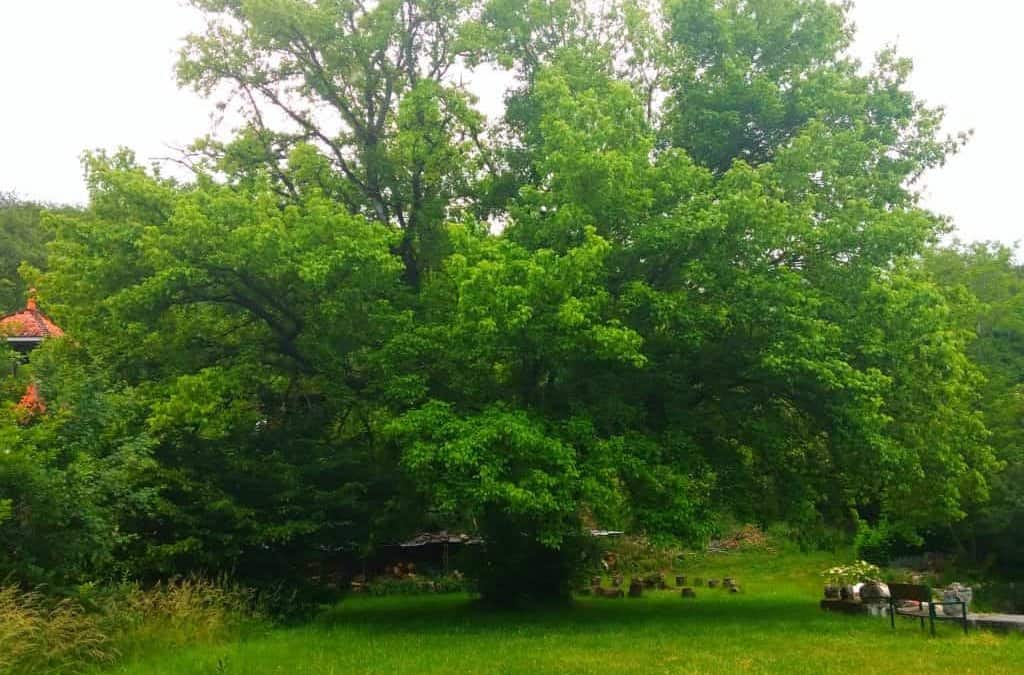Namaste
One of the limbs to be practiced in the eight-fold path of Patanjali’s Yoga Sutras is ‘pranayama‘. It is the step that comes fourth, right after asana.’
Prana’ translates to the vital life force and ‘Yama’ translates to control. This vital life force inside all of us which can only be controlled by our breath.
What is this life force and why has Yoga practice given so much importance to breath control exercises?
This can be answered best by posing another vital question.
How long will you be able to hold your breath?
I was faced with this irrefutable question at the starting of my one month TTC and it amazed me how oblivious I’d been to such revelations before my yoga class.
How I’d taken such an important part of my body functions for granted!
Prana is the unlimited life inside us keeping us alive and the source of all our energies.
As the month progressed, the practice of breath went beyond my yoga mat and into my life very easily. I started to realize how my breath fastened whenever I was furious, how I was breathing shallowly when I was tired, how I felt calmer when I was breathing slowly.
This information by itself shall not change your life, but learning how to implement it in your own lives will help.
I realized while being aware of breath I was efficiently able to control my emotions related to it. It wasn’t the other way around, where my emotions controlled my breath. I was able to detach slowly and maintain my inner sense of peace.
Whenever I was confronted, I was annoyed and angry, going back to concentrating on my breathing pattern helped to pacify me.
This control of breathing pattern emphasizes the most fundamental means of survival. It helps us acknowledge and focus on our basic needs by being aware of every breath we take every second.
Amidst our daily hustle, we’ve become immune to the apathy and turmoil inside us. We fail to give ourselves the time we to nourish ourselves.
Breathing and Ayurveda
‘Prana’ refers to the flow of life to each and every terminal point of our body. Ayurveda refers to the five movements or functions of air in your body known as the vayus (it literally “winds”) — Prana Vayu (not to be confused with the undivided master prana), Apana Vayu, Samana Vayu, Udana Vayu, and Vyana Vayu.
They control all over the functioning of vata dosha in our body and as it stands for all the motion inside of us, it effects other doshas as well. Ayurveda’s reference to vayus refers to acknowledging the body as a whole and holistically treating it.
Breathing and Yoga
Fundamental awareness about one’s breathing is introduced first, then the students are guided to observe smoothly the rhythm and texture of inhalation and exhalation.
Introduction to the correct breathing pattern
Most of us are unaware whether our stomach supposedly should go forward or backward when we inhale slowly and exhale. Ideally, our stomach should go forward during inhaling which ensures to make more space for the accumulation of inhaled air.
Females have a thoracoabdominal breathing pattern and males have an abdominothoracic breathing pattern, It makes us imperatively cautious to recognize and correct our breathing pattern if necessary. Keeping in mind that the chest-to-belly expansion will actually help us deepen the flow of breath
Integrate movements with breathing pattern
Being aware of our breath helps us to successfully combine our asana movement with our breath pattern. This is vital for practicing mindfulness during our asana and helps us achieve the perfect asana pose with grace and poise.
Students shall gradually progress to advanced practices when they successfully learn specific breathing patterns, indicating that the nadis, the subtle energy channels of the body, have been sufficiently strengthened and purified.
Cultivate awareness and attention
It brings a sense of awareness within ourselves with the help of mindfulness. It helps us manifest our attention and power in a specific direction.
Sense of gratitude
Personally for me, being aware of my breath brings an immense sense of gratitude for this fruitful life we’ve been granted. It helps be thankful for everything inside and outside of me. The flow of ‘prana’ throughout my body overwhelms me gratuitously.
We usually meditate by chanting ‘aum’ which soothes our minds completely. It symbolically embodies the divine energy (Shakti) and the three main characteristics: creation, preservation, and liberation. It vibrates at the frequency of 432 Hz – the same vibrational frequency found in all things throughout nature.
While chanting the ‘au’ vibrations move from the stomach to the ‘mm’ from our trought. This calms our inner selves providing us with peace and gratitude. These are more reasons why we should live yoga as a way of our lives.
When the mind is calm, how quickly, how smoothly, how beautifully you will perceive everything.
– Paramahansa Yogananda

